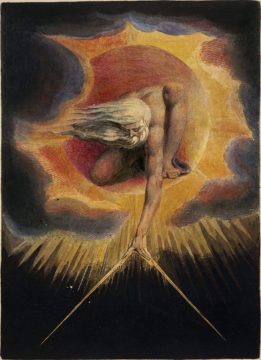by David Kordahl

I’ll start this column with an over-generalization. Speaking roughly, scientific models can be classed into two categories: mechanical models, and actuarial models. Engineers and physical scientists tend to favor mechanical models, where the root causes of various effects are specified by their formalism. Predictable inputs, in such models, lead to predictable outputs. Biologists and social scientists, on the other hand, tend to favor actuarial models, which can move from measurements to inferences without positing secret causes along the way. By calling these latter models “actuarial,” I’m encouraging readers to think of the tabulations of insurance analysts, who have learned to appreciate that individuals may be unpredictable, even as they follow predictable patterns in the aggregate.
Operationally, these categories refer to different scientific practices. What I’ve called a difference between mechanical vs. actuarial models could just as well be sketched as a difference between theory-driven vs. data-driven models. Both strains have coexisted in science for the past few centuries.
Just for fun, we might attempt to caricature the history of modern science in the mechanical vs. actuarial terms introduced above. In the seventeenth century, Isaac Newton proposed a law of universal gravitation, applicable everywhere throughout the universe, which allowed naturalists to imagine that all physical effects, everywhere and for all time, were caused by physical laws, just waiting to be discovered. This view was developed to its philosophical extreme in the eighteenth century by the French mathematician, Pierre Laplace, who imagined that the universe at any particular moment implicitly contained the specifications for its entire past and future.
But in the nineteenth century, Charles Darwin introduced his theory of natural selection, which allowed naturalists to take actuarial models more seriously. Just as hidden order could cause the appearance of randomness, hidden randomness could cause the appearance of order.
Physicists, too, began to realize this possibility, with their studies of heat and entropy. In the past, philosophers had taken it for granted that the striking regularities of census records and crime logs had a secret determinism below the hood, but the breakthroughs of evolutionary and thermal science made it hard not to suspect that distributions were fundamental in their own right.
In the twentieth century, mechanical and actuarial models merged with the birth of quantum theory. The underlying dynamics of quantum theory were entirely mechanical, entirely causal, but the outcomes were actuarial, a matter of probability distributions whose predictions defined the empirical success of the paradigm. Quantum theory made explicit the tensions between mechanical and actuarial models that were once only implicit.
We might consider the mechanical vs. actuarial distinction in terms of human experience. An individual scientist, at least in principle, can judge the success or failure of a mechanical model by his own lights. But the same is not generically true for actuarial models. When phenomena are understood solely in terms of statistical distributions, individual experiences are meaningful only in the context of populations. Hence personal testimonials as “anecdata”—to be trusted only once the range of outcomes for a representative population sample has been studied.
Yet scientists can competently carry out quantum experiments without any help from their friends. Philosophers have engaged extensively with this seeming tension (see the “Wigner’s friend” or “quantum suicide” thought experiments), but such issues also present themselves closer to home.
Many of our contemporary disagreements can be cast in terms of the intersection of mechanical and actuarial models. The pandemic response to COVID-19 is an especially contentious example. Our high hopes have always been for mechanical interventions, from social distancing to masking to vaccine uptake. But from the beginning this has been an essentially actuarial problem, with institutional responses driven by empirical data at every turn. Over time, such responses have been shaped by distributional data, but individual experiences across the human population have varied so widely as to make many doubt the official story.
A response to such doubts is one benefit of mechanical modeling. We find ourselves stuck inside many overlapping statistical distributions, but understanding the mechanisms underlying such distributions should help us to move our odds one way or another within them. Our maps are not the territory, but we can best access the territory by looking at our maps.
